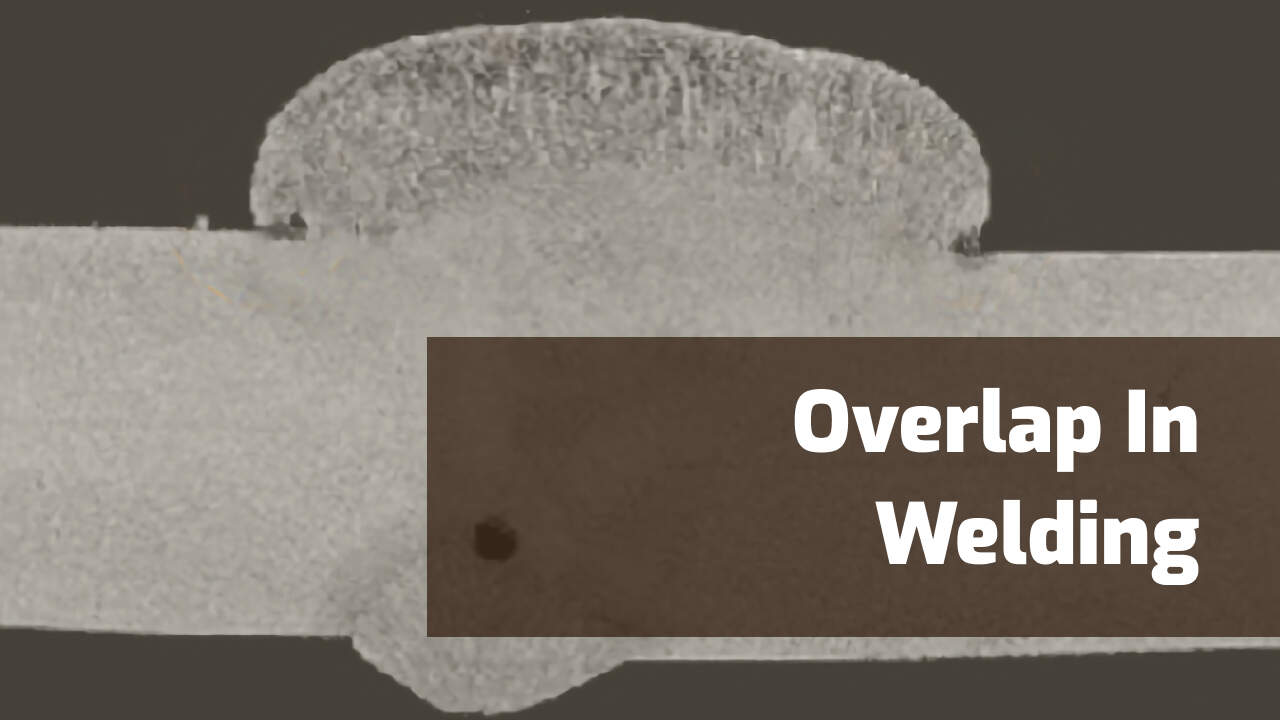Best Practices for Preventing Weld Undercut: Understanding the Fundamentals
Best Practices for Preventing Weld Undercut: Understanding the Fundamentals
Blog Article
Mastering the Art of Welding: Exactly How to Avoid Undercut Welding Issues for Flawless Construction Results
By recognizing the root causes of undercut welding and carrying out efficient strategies to prevent it, welders can boost their craft to brand-new levels of quality. In the pursuit of flawless fabrication results, understanding the art of welding to stay clear of undercut concerns is not just a skill but a need for those aiming for excellence in their job.
Understanding Undercut Welding

To avoid undercut welding, welders ought to guarantee correct welding specifications, such as changing the current, voltage, travel speed, and maintaining the right electrode angle. Furthermore, utilizing the suitable welding technique for the specific joint configuration is crucial. Employing weaving movements or backstepping techniques can help make certain proper weld metal deposition and reduce the likelihood of undercut formation. Normal inspection of welds during and after the welding process is likewise crucial to capture any kind of undercut early and make needed adjustments to stop more flaws. Preventing weld undercut. By recognizing the sources of undercut welding and implementing preventative measures, welders can accomplish top notch, structurally audio welds.
Sources Of Undercut in Welding
Comprehending the variables that add to damage in welding is necessary for welders to generate high-grade, structurally sound welds. Damaging takes place when the weld steel does not correctly load the groove developed between the base metal and the formerly transferred weld metal. Numerous aspects can bring about undercut in welding. One typical cause is too much warmth input. Welding at heats for extensive durations can result in the base steel melting more than preferred, causing damage. Inadequate welding present or incorrect welding rate can additionally add to undercut. Inadequate current might not supply adequate warmth to thaw the base and filler metals adequately, while extreme rate can protect against correct combination, causing undercut. Additionally, improper electrode angles or inaccurate torch manipulation methods can develop locations of reduced weld steel deposition, advertising undercut. Comprehending these reasons and carrying out proper welding methods can aid stop undercutting concerns, making sure resilient and solid welds.
Methods to stop Undercutting

To minimize the threat of undercutting in welding, welders can utilize critical welding techniques targeted at enhancing the high quality and honesty of the weld joints. One effective approach is to readjust the welding parameters, such as voltage, existing, and travel speed, to make certain correct heat input and deposition. Keeping an ideal electrode angle and guaranteeing regular traveling rate can additionally aid avoid undercut. Additionally, utilizing the proper welding technique for the specific joint setup, such as weave or stringer grains, can add to reducing undercutting. Preventing weld undercut.
Utilizing back-step welding techniques and controlling the weld bead account can also help distribute warmth equally and lessen the danger of undercut. Regular examination of the weld joint throughout and after welding, as well as implementing high quality guarantee actions, can aid in finding and resolving undercutting concerns immediately.
Significance of Correct Welding Parameters
Choosing and keeping ideal welding criteria is crucial for attaining successful welds with minimal flaws. Welding criteria describe variables such as voltage, current, travel speed, electrode angle, and shielding gas circulation rate that straight influence the welding procedure. These criteria should be thoroughly adjusted YOURURL.com based on the sort of material being bonded, its thickness, and the welding strategy used.
Correct welding specifications ensure the correct amount of heat is put on melt the base metals and filler product uniformly. If the criteria are established too high, it can bring about excessive warmth input, triggering distortion, spatter, or burn-through. On the other hand, if the specifications are as well low, incomplete blend, absence of penetration, or damaging may take place.
High Quality Guarantee in Welding Workflow

Verdict
Finally, mastering the art of welding requires a detailed understanding of undercut welding, its causes, and techniques to stop it. By making certain proper welding criteria and executing high quality guarantee methods, remarkable manufacture results can be accomplished. It is essential for welders to regularly pursue quality in their welding operations to prevent undercut problems and generate high-grade welds.
Undercut welding, a typical issue in welding procedures, takes place when the weld metal does not appropriately fill the groove and leaves a groove or clinical depression along the welded joint.To protect against undercut welding, welders should guarantee appropriate welding specifications, such as adjusting the existing, voltage, travel speed, and maintaining the proper electrode angle. Insufficient welding check my blog current or wrong welding speed can likewise contribute to damage.To reduce the danger of undercutting in welding, welders can use tactical welding strategies intended at boosting the high quality and stability of the weld joints.In verdict, understanding the art of welding needs a detailed understanding of undercut welding, its reasons, and techniques to stop it.
Report this page